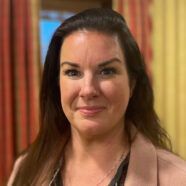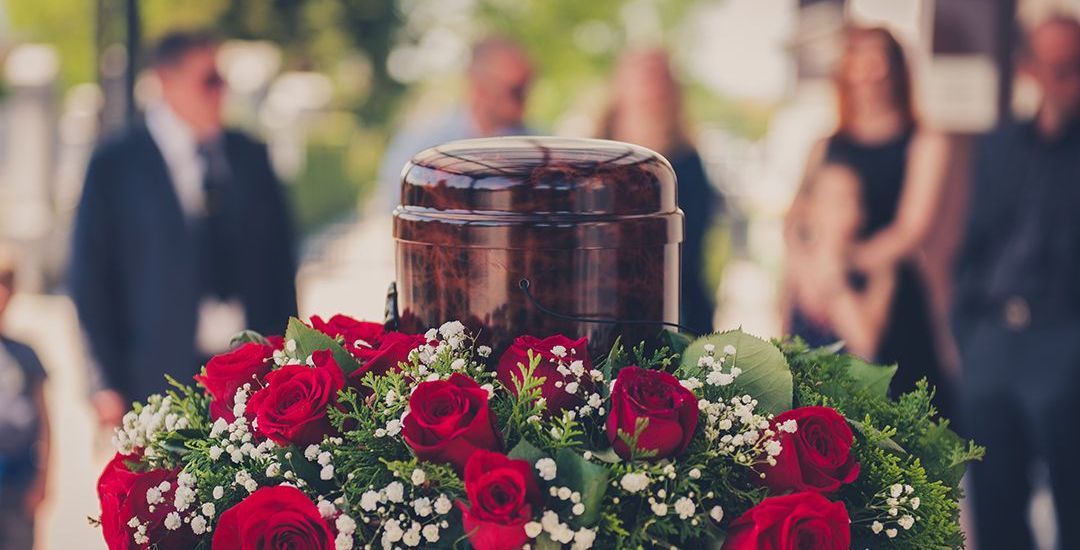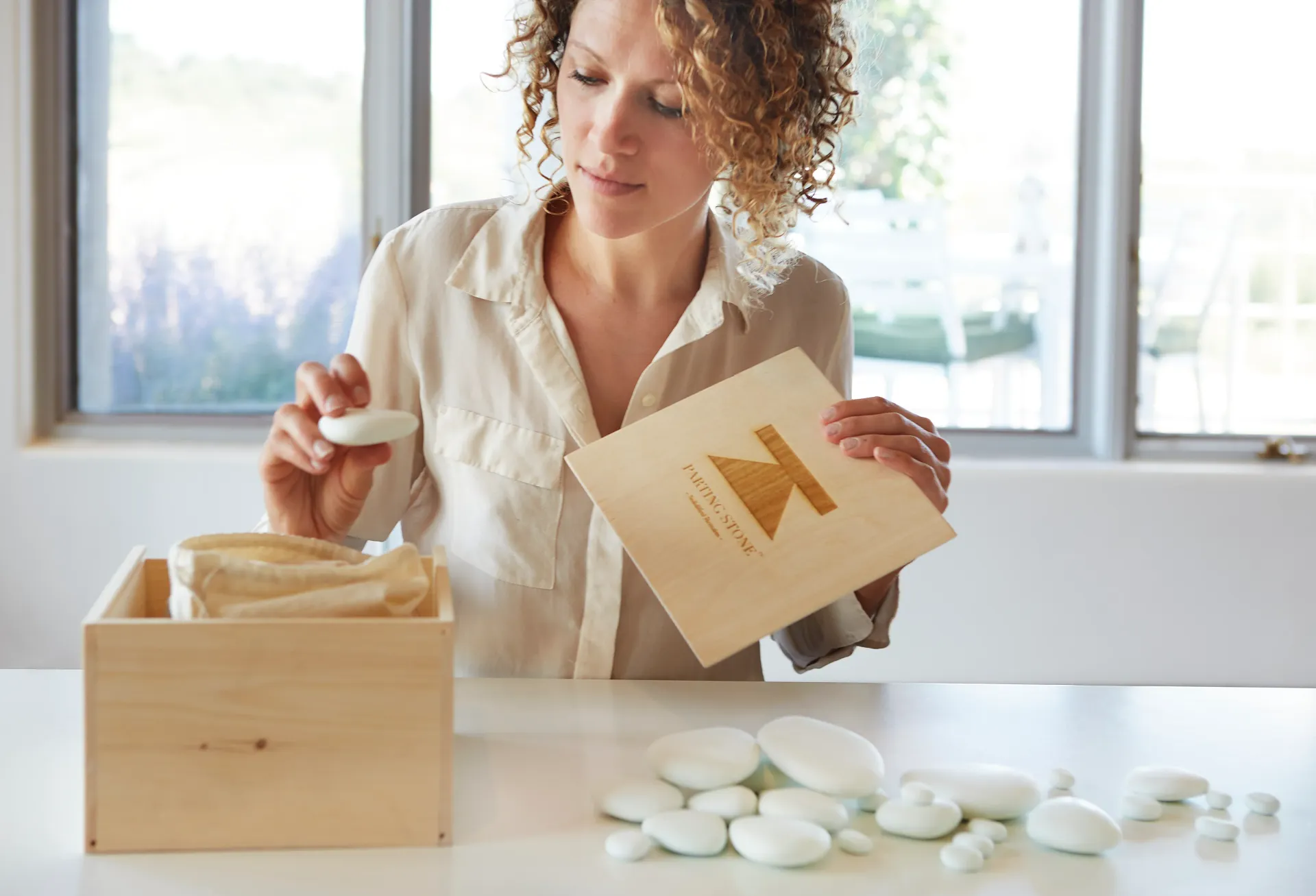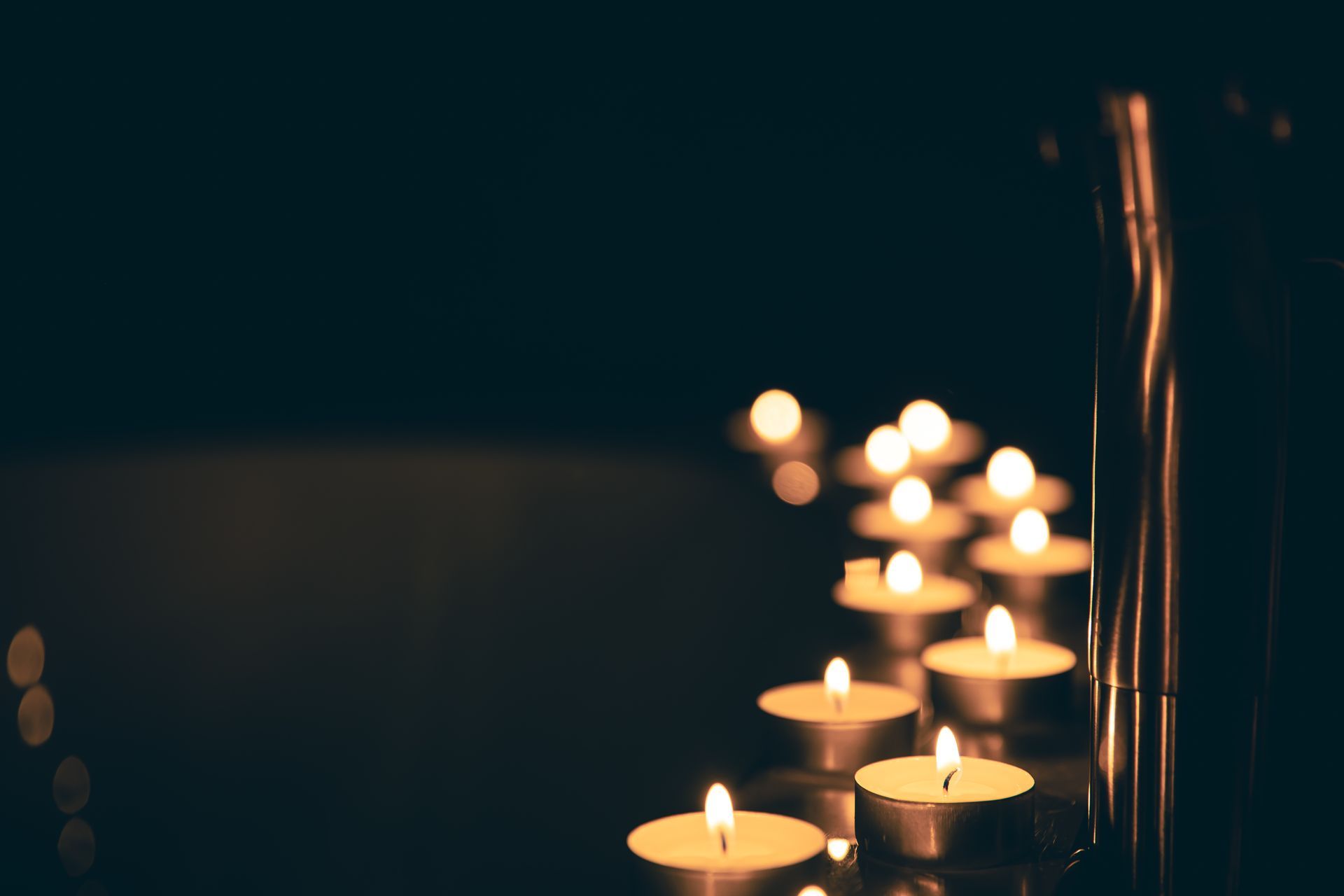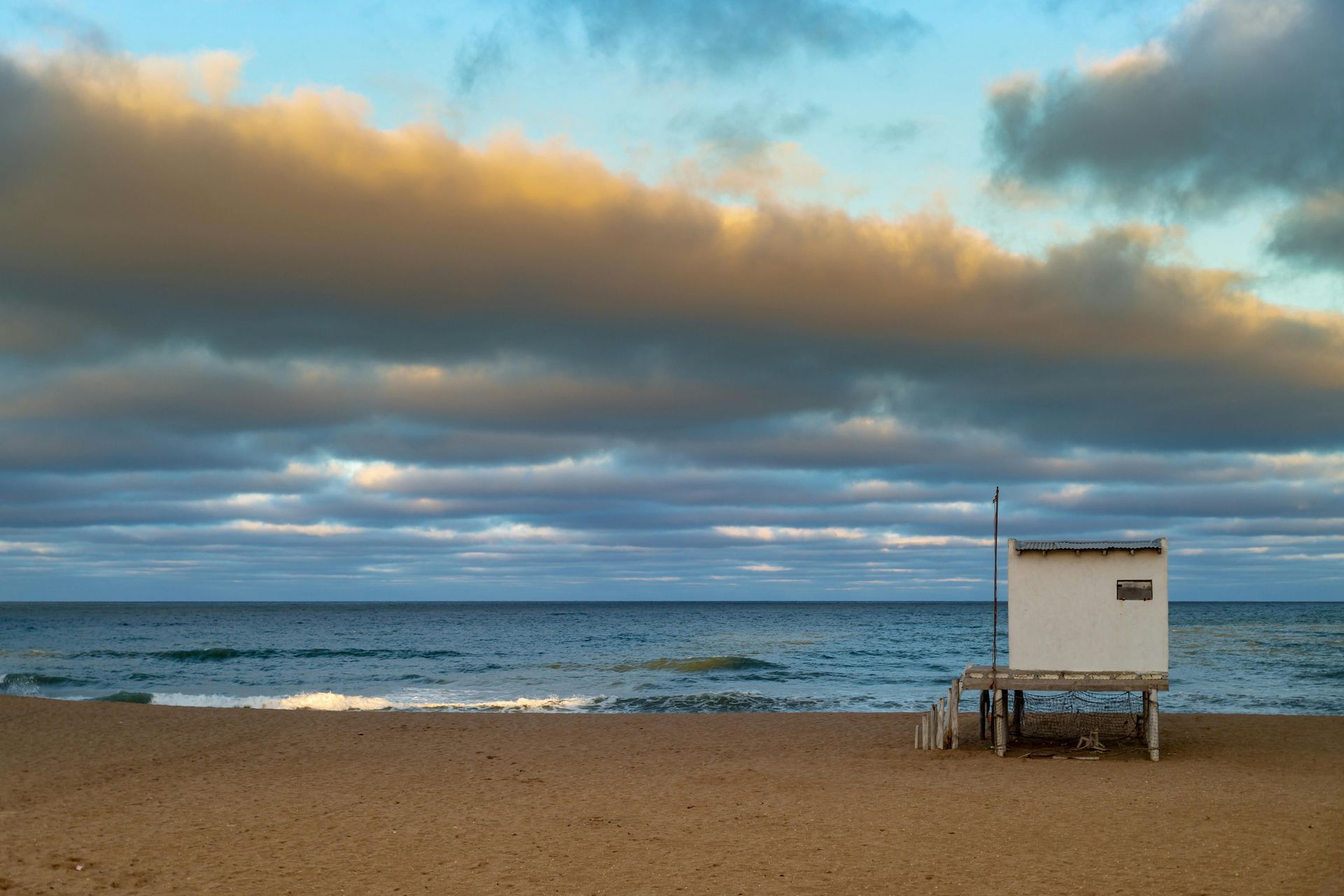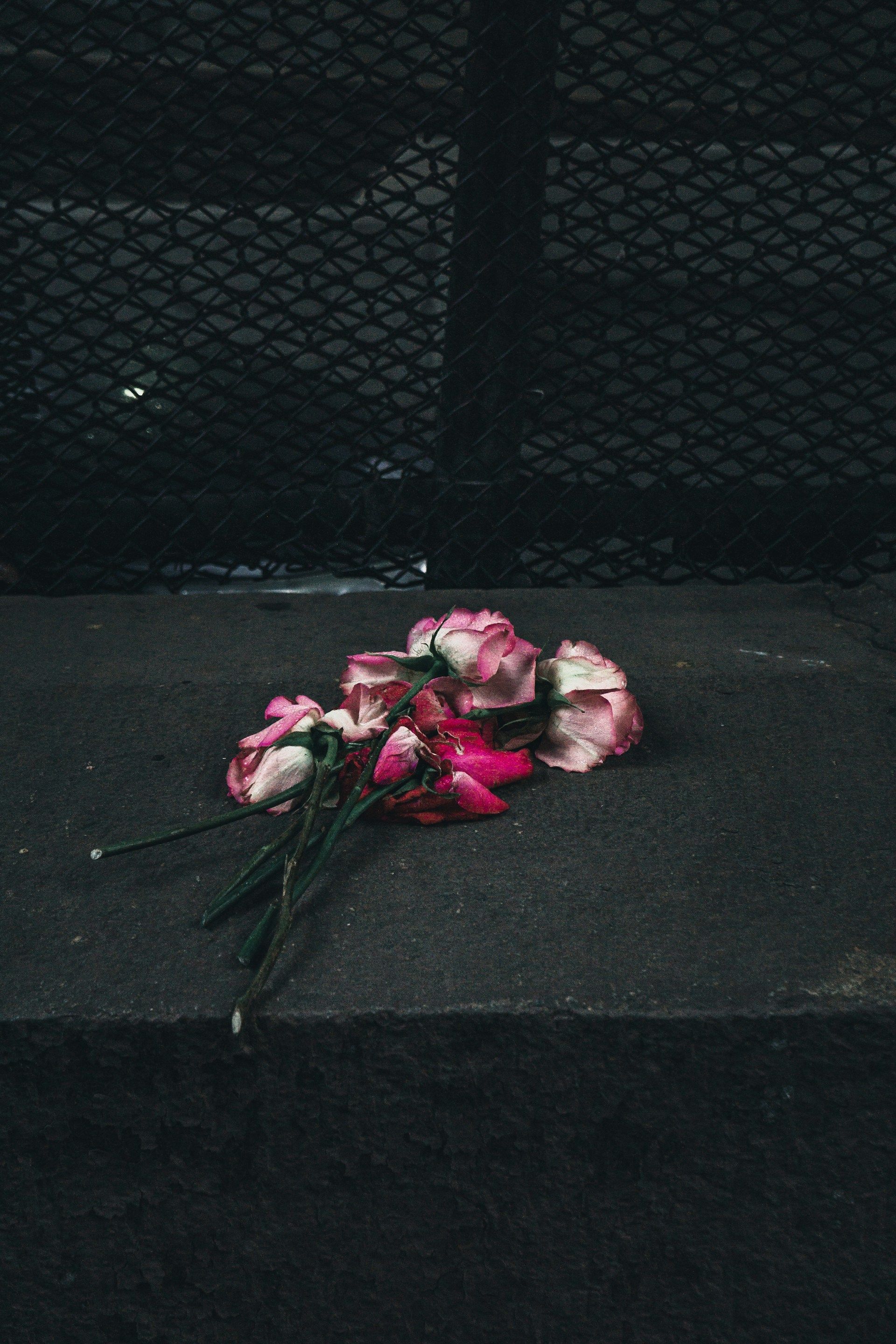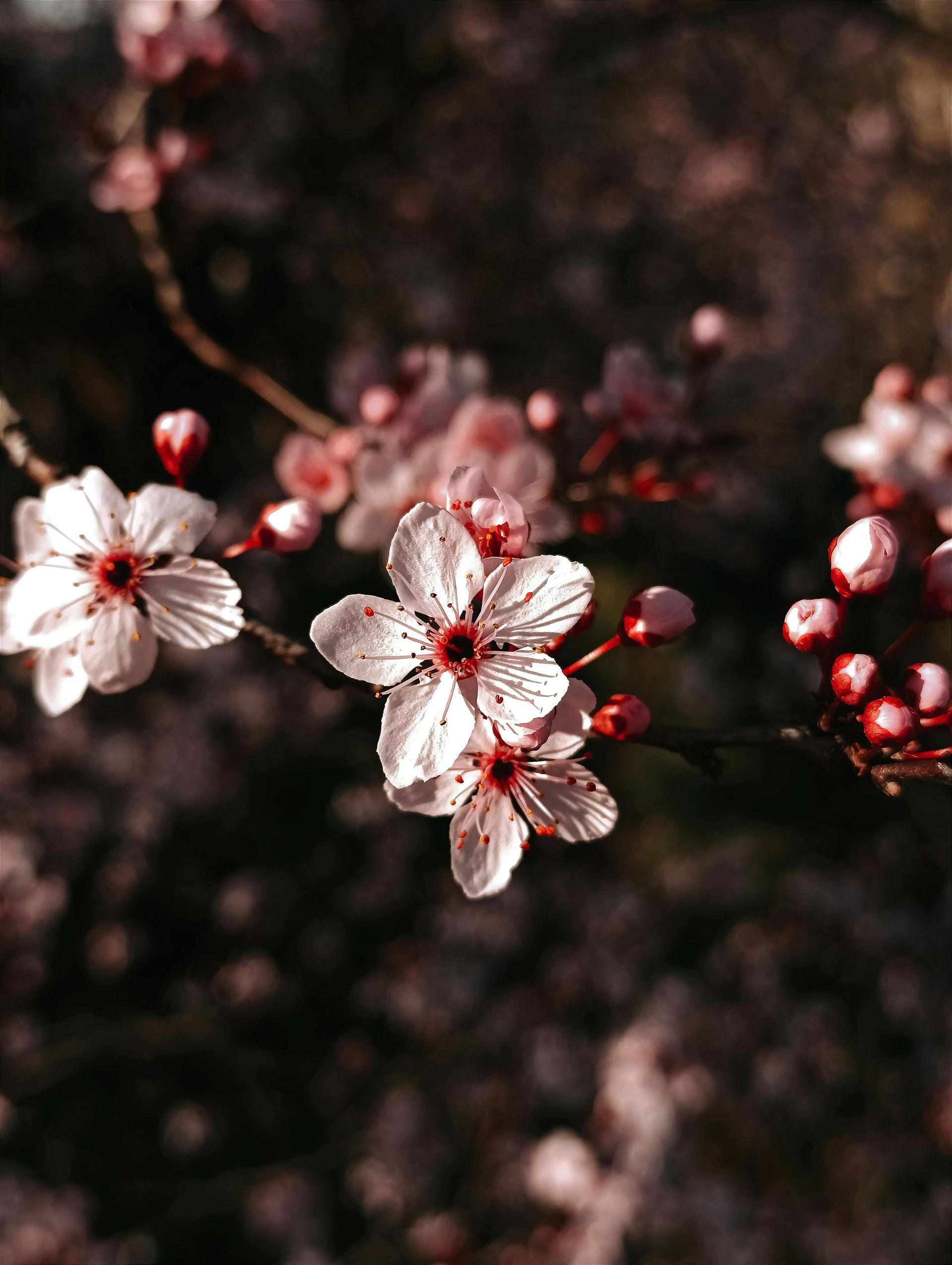Plant. Grow. Share. reaches more people than ever before to help provide fresh food for the hungry!
Plant. Grow. Share. reaches more people than ever before to help provide fresh food for the hungry!
As the growing season winds down, we are pleased to see how well the Plant. Grow. Share. program – a fresh food initiative for our local food pantries – grew this year with the addition of several new initiatives. The program added three successful workshops and our Facebook campaign exceeded our goal to provide our local food pantries with 300 pounds of fresh tomatoes!
Each summer for the past five years we have teamed up with Interfaith Social Services and the Weymouth Food Pantry to bring fresh food to those in need. We give away seedlings; plant vegetable gardens at our own facilities; donate the produce to local food pantries; and encourage backyard gardeners in the community to join us.
Tomato Container Gardening Workshops
This year, the program was kicked-off with three Tomato Container Gardening Workshops at no cost to participants. More than 50 people participated in each of the three workshops in which organic farmer Jon Belber, of Holly Hill Farm in Cohasset, helped participants to create their own tomato container garden.
“The Plant. Grow. Share. program was a greater success this year. I do think that the workshops played a role in this. The workshops proved to be a great launching pad for the program. The people who attended the sessions were genuinely interested in learning about gardening and about helping provide fresh tomatoes to the food pantries. Many of them told me that they never would have considered growing tomatoes for the food pantry because they did not know how or because they did not have a place to plant them. The container workshops solved both of these problems,” said Joe Reardon, Vice President for Community Development and Advance Planning.
Participants learned how to plant the seedlings, how often to water, and where to best to grow them. Each person was sent home with an organic tomato seedling, a bucket full of rich, nutritious soil and the confidence to grow tomatoes anywhere there is a patch of sun.
“We were delighted by the enthusiastic response from the community and couldn’t quite accommodate the 80 people who wanted to attend the free workshop we offered. For the 50 that were able to get in, this year has been a much bigger community effort than in the past,” said Cas Casados, Director of the Weymouth Food Pantry. “Each year we’re inspiring more and more people to grow at least some of their own food. It’s not that hard, is fun to do, and the price and taste can’t be beat!”
Facebook Fundraiser Success!
We are delighted to announce that our Facebook campaign to benefit local food pantries exceeded our goals. We received a total of 382 Facebook page “likes” for the month of August. As a result, we will be donating 300 pounds of fresh tomatoes to our local food pantries – 150 pounds to Interfaith Social Services and 150 pounds to the Weymouth Food Pantry.
Our donation will go a long way toward reaching the program’s goal of a ton of tomatoes for the season. Due to drought conditions this summer, the growing season has been delayed so food pantries are still receiving donations and final numbers have not been tallied.
By mid-September, the food pantry at Interfaith Social Services received 300 pounds of homegrown produce, including 75 pounds of all kinds of fresh tomatoes. Donations also included other nutritious produce such as beets, cucumbers, zucchini, green beans, squash, lettuce, herbs, and even okra! The Weymouth Food Pantry received144 pounds of tomatoes and 33 pounds of other crops in the same time period.
Ton of Tomatoes: #tonoftomatoes
There’s still time to make donations to your local food pantry with produce from your own garden or even store-bought vegetables. Tomatoes are still coming in and fall vegetables such as squash and pumpkin are ripening on the vine, not to mention all kinds of root vegetables. We are gratified by how many different individuals and organizations donated fresh produce this year.
“Houses of worship, Girl Scouts, the Quincy police, and many homeowners donated their abundant produce to our pantry,” said Executive Director of Interfaith Social Services Rick Doane. “When the pantry was open, sometimes the donor/farmer would offer the vegetables directly to the clients after we weighed it. It was a joy to see the connection between the farmer and the chef. Our own onsite kale garden, also courtesy of Keohane, is going strong – it’s a crop that can even survive a mild winter.”
Donations of fresh produce for the Weymouth Food Pantry are accepted at the Monsignor Hackett Center gymnasium, located on the Immaculate Conception Parish campus at 1189 Commercial Street in East Weymouth, between 8:30am and 11:30am Tuesday and Thursday mornings.
Donations for Interfaith Social Services can be dropped off at their food pantry at 105 Adams Street in Quincy. “We will still gratefully accept any produce donations, as squash and pumpkin season are upon us!” said Doane.
